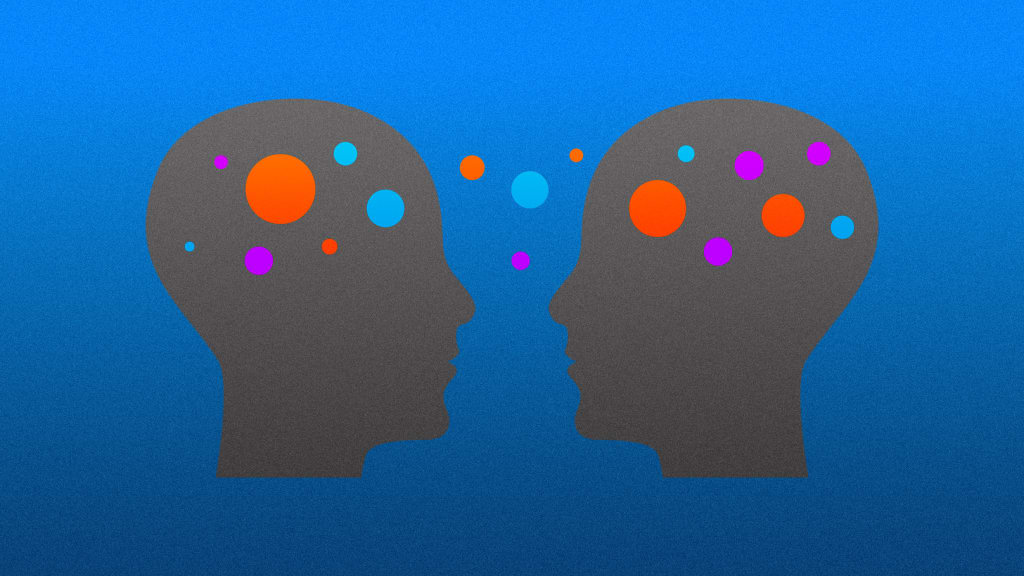The tech sector has a growing skills gap, but it’s not what you think. Even though many (54%) businesses are aware of this void, the majority focus their attention on driving improvement in the wrong area. While training around installing and maintaining tech is undeniably important, emotional intelligence is being overlooked to the detriment of companies and customers.
Emotional intelligence (otherwise known as emotional quotient or EQ) has long been lacking when it comes to IT and tech customer support, despite recent findings that 73% of organizations rank EQ top among the most important abilities for service desk professionals in the next 2 to 3 years.
As much as strong artificial intelligence, data science, and cloud computing proficiency are useful for building robust tech stacks, these offerings provide little value if they don’t come with the human-centric support and understanding that customers now expect. Beyond speed and efficiency, 68% want flexible support that’s personalized to their preferences.
For organizational leaders, the action point is clear: providing effective services now depends on helping your teams reach a much higher level of EQ.
Low emotional intelligence fuels poor communication
Although EQ definitions vary, two features commonly stand out; the first is an insight into personal emotion that enables us to manage our feelings. Secondly, there is the ability to handle interpersonal relationships with sensitivity and empathy. Or, in short, high emotional intelligence is a crucial enabler of great communication.
While the link between EQ and customer service is acknowledged within IT and tech circles, EQ has yet to gain widespread recognition as an essential skill. Industry rankings of in-demand skills include closely related areas, such as technical support, but EQ rarely gets a specific mention.
Part of the problem may be that EQ is often an afterthought in hiring processes, with the emotional maturity of candidates only considered after they have been added to selection pools based on their tech experience and expertise.
But service setups also have a part to play. Typically configured to funnel customers through certain channels and procedures, many make it inherently difficult for employees to deliver communications in a way that works for unique needs, even when they do have high emotional intelligence.
An integral element of addressing these challenges is equipping workers with the knowledge and tools to offer personalized solutions, including deeper customer insight. It won’t come as a surprise that today’s customer preferences are extremely diverse, covering as many as 71 iterations of the traditional core learning types:
- Visual (by sight)
- Auditory (by ear)
- Kinesthetic (by doing)
Becoming a specialist in each derivation of every communication style isn’t realistic, but looking at how modern customers communicate with businesses offers a useful base for helping your workers understand diverse customer needs. For instance, let’s explore some key generational tendencies.
No calls please; millennials and Gen Z
Phone anxiety among digital-first consumers is more than a buzz trend. In 2019, U.K. research found seven in 10 millennials are uncomfortable with calls, highlighting the tendency among younger cohorts towards fast, convenient, and frequently human-free communications.
More recently, global IT surveys have shown that such preferences directly translate to how tech-savvy generations want to receive support, with 83% of millennials and Gen Z customers likely to give up on an issue if they can’t fix it using self-service.
The human touch: Gen X and Boomers
In contrast, more than 60% of 45-75-year-olds in the U.S.—covering Gen X and boomers—prefer asking all product questions by phone.
Moreover, further research reveals negative sentiment about exclusively digital options, such as chatbots, stretches worldwide. Older consumers across the U.S., U.K., Australia, and India are the largest group of non-Gen AI users (68%), compared to Gen Z, which accounts for the largest share at 70%.
While demographic traits shouldn’t be used as a cookie-cutter guide for connecting with customers by age, there is scope to harness key insights to inform emotionally intelligent services that benefit everyone. Using these to enable employees to boost customer satisfaction increases the chances of first-contact resolution, and fuels greater loyalty.
Forging EQ-enabled connections
At a starter level, teams need to follow the customer’s lead. Whenever possible, they should respond directly to queries and issues wherever customers choose to start conversations, instead of risking frustration by diverting them to automated, default channels.
Of course, there is an important prerequisite for achieving this. The ability of teams to deliver agile support is determined by whether they can access tools that enable seamless use of the most effective route for a customer; be that a call, email, AI chat, or multi-mode mix.
Laying these tech foundations isn’t as complex as it might seem. Advances in remote support have increased the availability of IT solutions that unify different service approaches. There is, however, still a need for careful consideration of which elements are needed to offer truly flexible service.
Unobtrusive remote support
Enabling teams to resolve issues without starting in-person sessions is highly valuable for serving digital-first users. Top essential features include:
- Versatile ticketing with options for customers to flag issues anytime and anywhere, from clicking help buttons in support apps to using certain emojis in live chats.
- Service consoles where teams can quickly review requests and select the best contact approach on a case-by-case basis.
- Scope for customers to permit background access to desktop, mobile, and other devices through a simple plug-in, so that IT experts can perform diagnostics and fixes with no interruption to usage or need for direct communication.
Flexible step-by-step learning
Going beyond conventional calls, catering to customers who crave human interaction and advice still requires variety to offer as much support as individuals want, in the way that best suits them. Meeting these expectations will generally involve:
- Standard and VoIP (Voice over Internet Protocol) calling functionality to ensure customers reach a real service agent, whatever their connection type.
- Simple switching from one contact mode to another; including taking conversations from in-browser or in-app messages to calls—covering voice and video—when employees recognize that customers need more comprehensive in-person support.
- Multi-modal live sessions employees can use to turn on various features at once, such as activating video and remote device access to walk through issues with customers and help them learn how to solve challenges for themselves.
While emotional awareness isn’t easy to teach, firms can help tech workers hone their skills by infusing more emotional insight into product troubleshooting. Ensuring service delivery is informed by a refined understanding of variable customer needs and giving employees the right tools to meet these requirements is paramount to placing technology and emotional intelligence on equal footing and, crucially, guiding support that strengthens customer connections.
Recognize your brand’s excellence by applying to this year’s Brands That Matter Awards before the final deadline, June 7.
Sign up for Brands That Matter notifications here.







